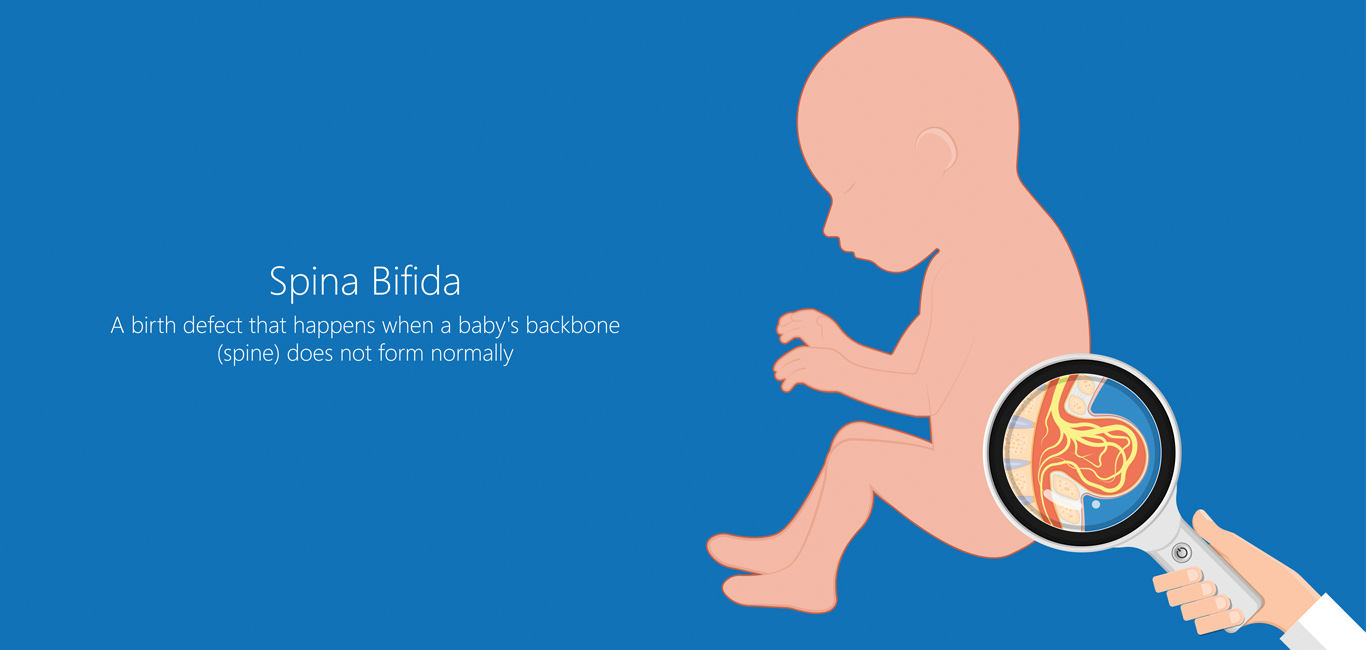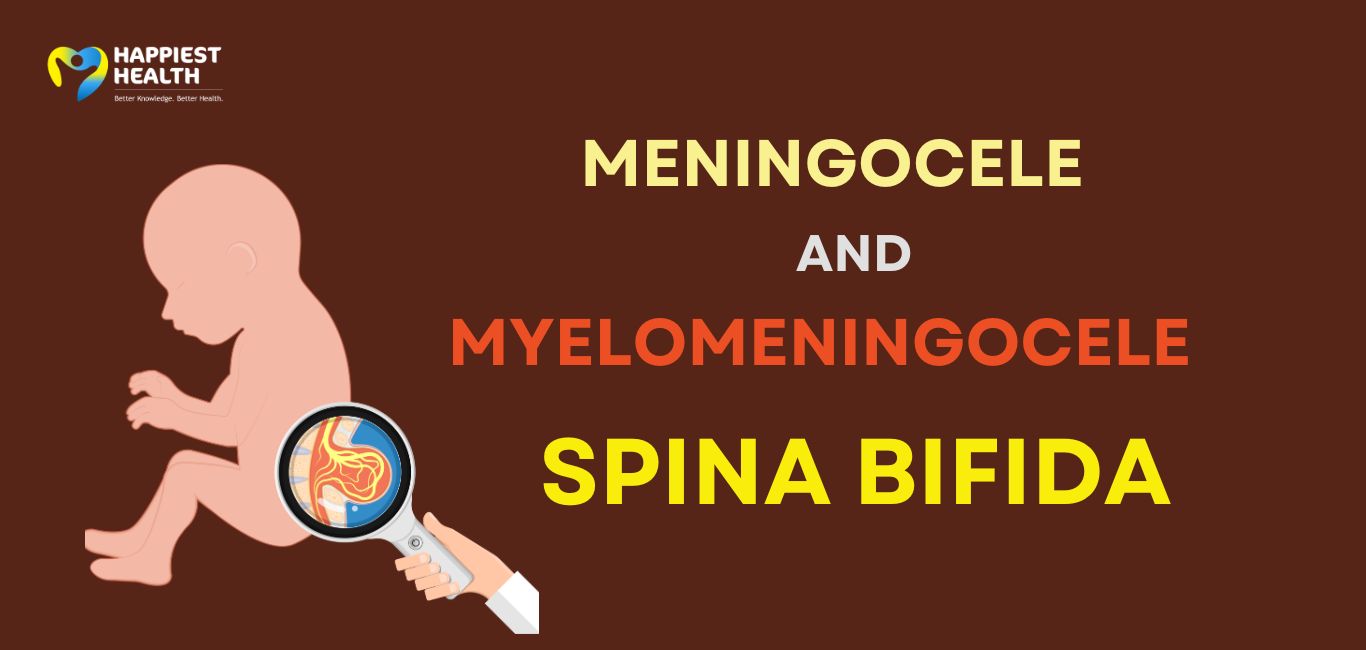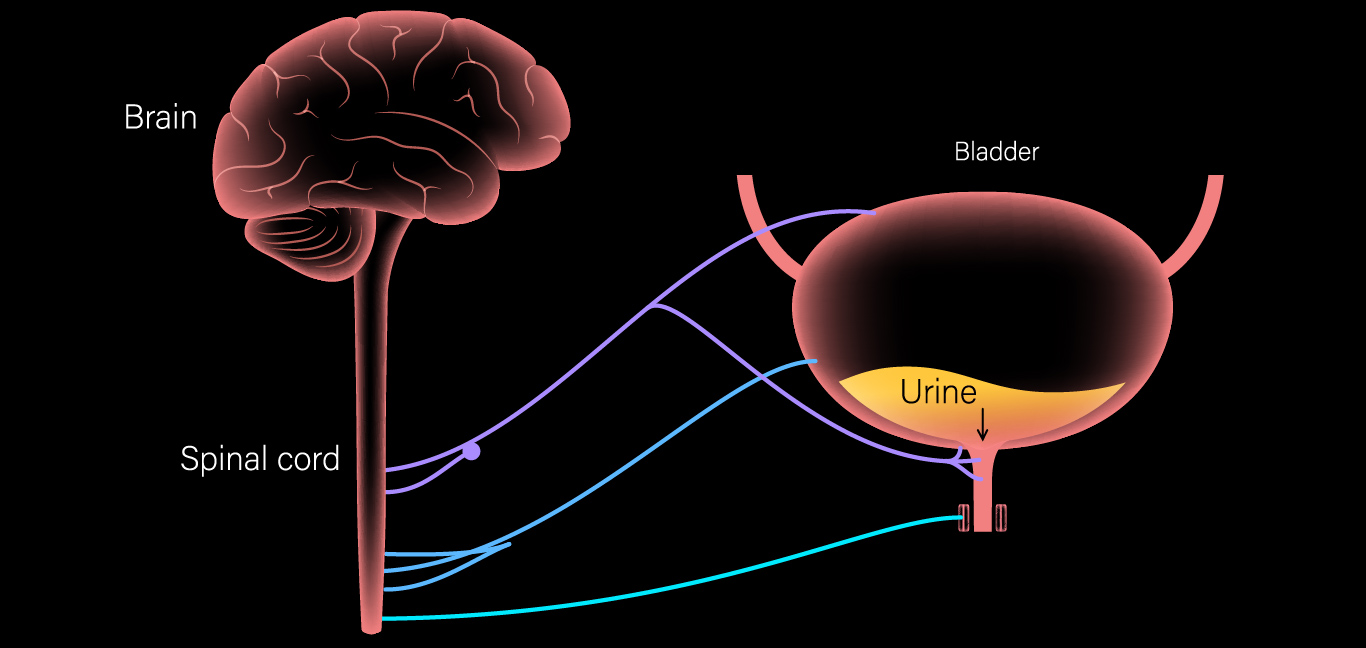
In the human body, one element serves as the backbone for all our movements: the spine. This sturdy framework helps us to stand tall, twist, turn and move. It grows with age, but its foundation is established even before birth.
“The spine of a baby undergoes critical development in the first month of pregnancy, yet there are instances where it fails to form completely, leading to a condition known as spina bifida. In simple words, it is a manufacturing defect of the spine,” says Dr VVS Chandrasekharam, chief paediatric surgeon and paediatric urologist at Ankura Hospital for Women and Children, Hyderabad.
Spina bifida, a Latin name for split spine is a condition that causes a defect in the neural tube. Typically, the neural tube closes and forms a protective layer around the developing spinal cord in the early weeks of pregnancy. But, in cases of spina bifida, this closure is incomplete, resulting in a gap or opening in the spinal column.
Matt Ferrie, 27, a cashier from Minneapolis, USA was diagnosed with myelomeningocele – a severe type of spina bifida, where the nerves thrust out of the gap in the spine. “I received my diagnosis through my mother’s blood test,” he recalls.
Generally, neural tube defects can be diagnosed at an early stage of pregnancy through an ultrasound. But sometimes even the maternal blood test can predict the chances of a baby having spina bifida. Especially, high levels of serum alpha-fetoprotein. “Elevated levels of this protein may also indicate the expectation of twin babies,” says Dr Chandrasekharam.
“Doctors said she [his mother] would either have twins or a child with spina bifida,” Ferrie recalls.
Dr Chandrasekharam explains that the opening can occur anywhere along the spine, with a higher occurrence in the lower back.
Among the different factors contributing to this condition, the crucial factor is folate deficiency in the mother. Folate, sometimes called folic acid is vitamin B9. It plays a role in healthy cell growth and function. This essential nutrient is naturally found in foods like dark leafy vegetables, red meat, whole grains and oranges.
In case of deficiency, experts advise women to start with folate supplementation at least three months before planning a pregnancy. Other risk factors include obesity, diabetes, certain medications, and a family history of the condition. However, Dr Chandrasekharam says that most of these risk factors lack conclusive evidence.
Severity differs
The symptoms of spina bifida vary from person to person, depending on the type and level of involvement. “Most cases are mild and do not require special treatment. The more serious cases involve nerve damage,” says Dr Khyati Kiran J, consultant paediatric surgeon, Ankura, Hospital for Women and Children, Hyderabad.
Occulta
The mildest form is referred to as spina bifida occulta. In this variation, the spinal cord and nerves remain within the spinal canal and may not cause any evident problems. Experts say that due to its invisibility, this type often goes undiagnosed.
Meningocele
This type of spina bifida occurs when the protective coverings of the spinal cord (meninges) protrude through an opening in the spine, forming a sac or cyst.
Myelomeningocele
It is the most severe type, where the nerves grow out of the gap in the spinal column within the sac. This can lead to neurological issues, say experts. In Ferrie’s case, the complication is hydrocephalus. Many infants born with spina bifida develop hydrocephalus. In this condition excess fluid in and around the brain causes the ventricles (spaces in the brain) to enlarge and the head to swell. “If hydrocephalus is not treated on time, it can lead to brain injuries,” says Dr Chandrasekharam.
Other challenges
Dr Kiran explains that people with spina bifida may have different degrees of paralysis depending on where in the spine the defect occurs. “This paralysis can affect the legs and, in severe cases, may lead to difficulties with mobility. Additionally, issues with bowel and bladder control are common, as the nerves controlling these functions may be damaged,” she says.
Beyond these physical challenges, rarely spina bifida also affects cognitive functions. Some people may have learning disabilities, attention deficits, or other cognitive impairments.
Ferrie has endured multiple surgeries so far and is studying computer science. “My goal is to become a software engineer,” he says. However, it is going to be a long way off due to his challenges with nonverbal learning and Attention-Deficit / Hyperactivity Disorder (ADHD), he adds.
Early diagnosis is the key
Dr Kiran says that damage to the nerves is irreversible. Therefore, identifying the condition early can help in treating the child early, preventing more damage to the nerves and nearby organs.
Ferrie agrees that prenatal diagnosis and early surgery have helped him immensely. If not for the early intervention, the doctors had predicted that he would have no control below the chest and have severe mental handicaps. “Most of my lower body reflexes and almost all of my lower body voluntary muscles are fully functional, if a bit weak,” he says.
“Prenatal screening can identify the condition before birth, allowing for proper medical planning and support. This can prevent 70-80 per cent of the disability that comes with spina bifida,” says Dr Chandrasekharam. After birth, treatment often involves surgery to close the opening in the spine and address any associated complications.
Signs on the newborn’s skin above the spine can give clues of the condition, say experts. For example, a tuft of hair, a small dimple or a birthmark. “Sometimes, these skin marks can be signs of an underlying spinal cord issue that can be diagnosed with MRI or spinal ultrasound in a newborn and should not be ignored,” says Dr Kiran.
Rising above the challenges
While there is no cure for spina bifida, advances in medical care and rehabilitation have improved outcomes for people living with this condition. Currently, medical care includes physiotherapy, and assistive devices can help manage the effects of spina bifida and improve a person’s quality of life. Dr Kiran says that regular exercise in children with spina bifida helps in improving their motor functions as well as prevents obesity, which can lead to other problems if not managed. Physiotherapy is mostly recommended for lower body movement, she adds.
For those dealing with this condition, Ferrie says, “Be patient with yourself and the medical system. Make sure you have a knowledgeable primary doctor who can help you advocate for yourself.”

















